World Autism Day was April 2nd, but all of April is National Autism Awareness Month. The Autism Society describes this month as an opportunity to bring awareness to autism and people living with autism, promote acceptance, and finally, encourage inclusion. Their puzzle ribbon and the puzzle piece are the most recognizable symbols for autism awareness in the world. Read on to learn more about how crafting can have a positive impact on the lives of people with autism. We’ll also suggest a new crafting craze for National Autism Awareness Month, in case you’re looking for an opportunity to craft for a cause.
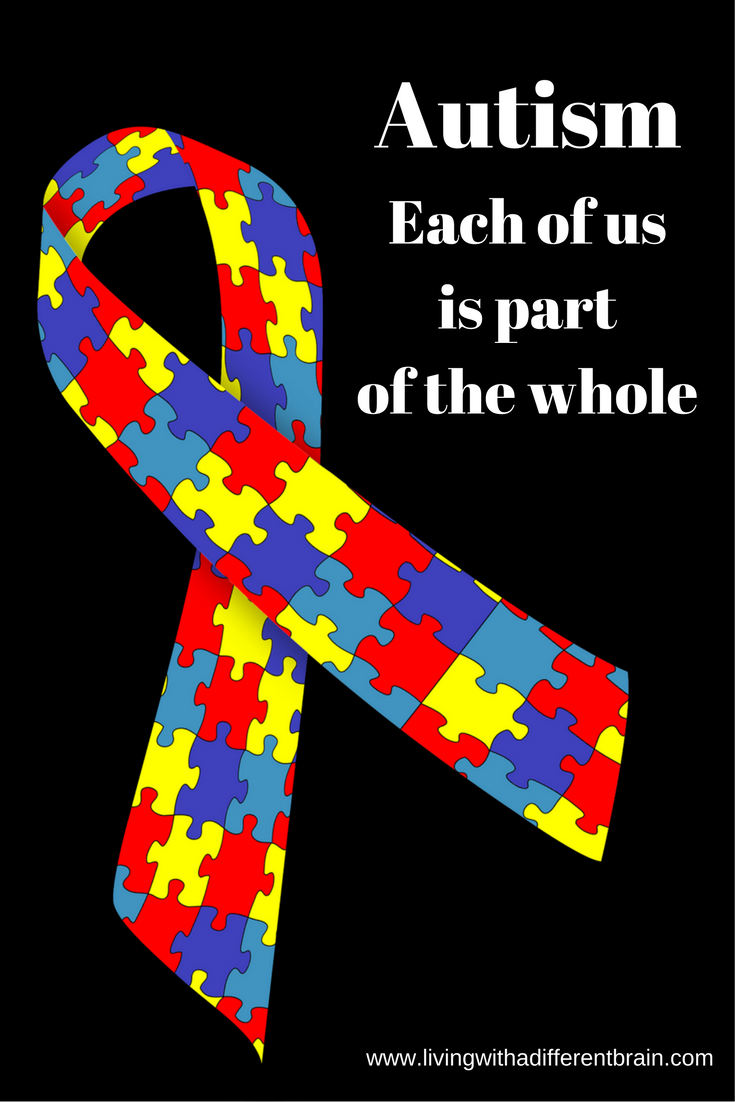
Via LivingwithaDifferentBrain.com
In an article for Time, Marguerite Elisofon shares many lessons she learned with her daughter, who has autism. Marguerite taught her daughter to knit and crochet. This served as a productive solution to her desire to knot things, and was a useful stim option.
Stimming (short for ‘self-stimulating’) refers to repetitive behaviors that are very common in people with autism. These can include tapping, pacing, rocking, or repeatedly moving objects. Stimming is actually something everyone does, to some degree! You may twirl your hair, click your pen (to the annoyance of coworkers), or jiggle your legs when sitting. The Child Mind Institute explains that when stimming disrupts someone’s everyday activities, social relationships, or prevents learning, it can be considered a symptom of autism.
Many of us pick up our crafting intentionally or habitually as a form of stress-release. However, we may not realize its stimming effects! One young crafter, Tristan, finds the repetitive movements of knitting therapeutic. An aunt taught him to tie knots, and an aide at school saw him knotting and asked if he’d ever learned to knit. He learned quickly, and now makes items to donate to local charities. Another crafter writes on her blog about her preferences when it comes to knitting. While many aspects give her comfort, the clicking of metal or plastic needles “distracts [her] from the comfort and joy of it all.”
As we mentioned above, the puzzle piece is the most recognizable symbol for autism awareness. If you search for charities to contribute to, many use this symbol in some way. But the symbol is complicated for many living with autism. While it’s powerful to have a recognizable symbol to remind people of an issue, it’s important to listen to the opinions of the people actually living with the issue, before making a decision.
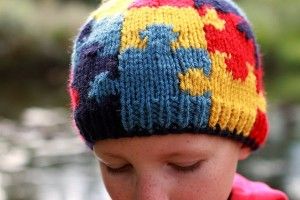
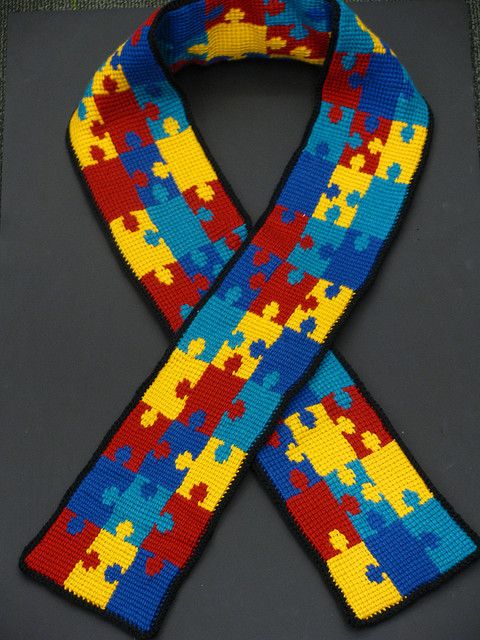
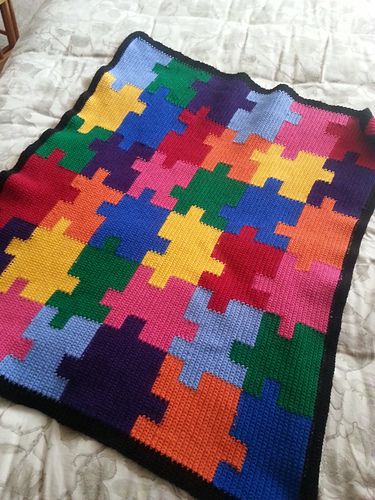
Many writers with autism describe the complicated nature of the puzzle piece symbol. Paddy-Joe Moran, writing for Autism Daily Newscast, has a few concerns. First, the idea that people with autism are a puzzle that hasn’t been solved. Or there’s a piece missing, keeping them from living a ‘normal’ life. The blogger of ‘Living with a Different Brain’ is raising a child with Aspberger’s Syndrom, which is often grouped with autism under the heading Autism Spectrum Disorders. She writes, “I like the puzzle piece because if you’ve met one Aspie (puzzle piece), you’ve literally met one Aspie and each person is part of the whole (finished puzzle).” While she can look on the bright side, she also mentioned the drawbacks of the symbol, and is curious what other symbols readers would create.
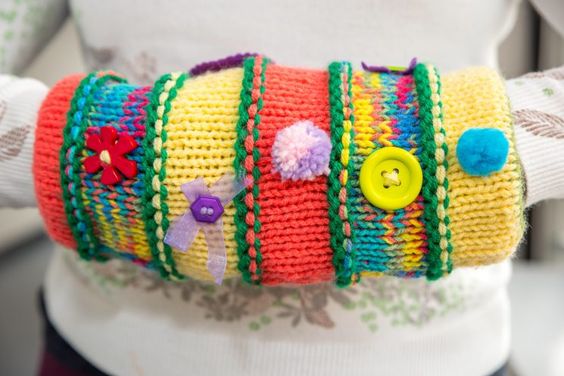
The Academy of Fabulous Stuff
The newest craze for crafting with a cause overseas are twiddle muffs. If you’ve never heard of them, you aren’t alone! They’ve been a popular charity craft for the last year or two in the UK and Australia, and they’re just starting to make their way state-side. Twiddle Muffs are knitted hand muffs, or partial sleeves (depending on whether or not you want a thumb hole), decorated with all kinds of textures. With velcro patches, buttons, bobbles, tassels and more, they provide plenty of opportunities for stimming. It’s also a fun opportunity to try out 3-D stitches!
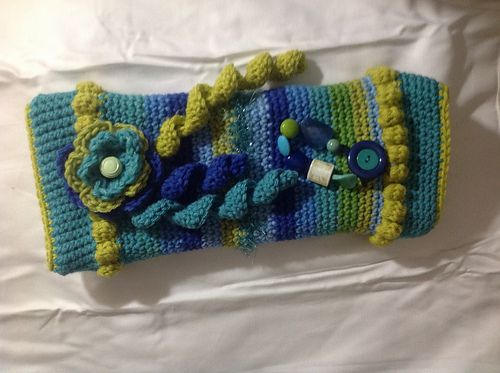
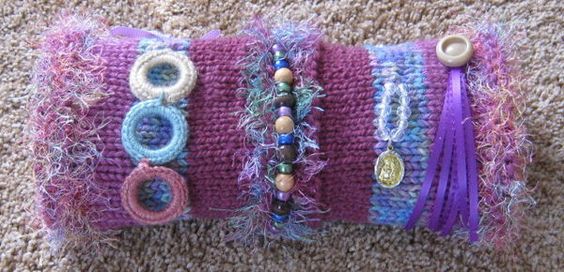
Since Twiddle Muffs are a fairly new trend, it’s tough to find a nation-wide organization advocating for their use! If you want to craft one, the first step might be to think of anybody you know who would appreciate one. If you don’t happen to know anyone, these are other options for groups to contact:
These institutions may have their own need for donations, or would be able to direct you to other groups and organizations working for autism awareness and support within your community. Perhaps you’ll be the crafter who will start the nation-wide group that brings twiddle muffs to the United States!

Autism Speaks Logo
However you choose to honor Autism Awareness Month, whether it’s by learning more about it or crafting something specific, the first step is awareness. By learning more about autism, its many manifestations, and the issues impacting the lives of individuals and families with autism, you’re taking the most important first step toward inclusion. Only through understanding can we build a more accepting world.